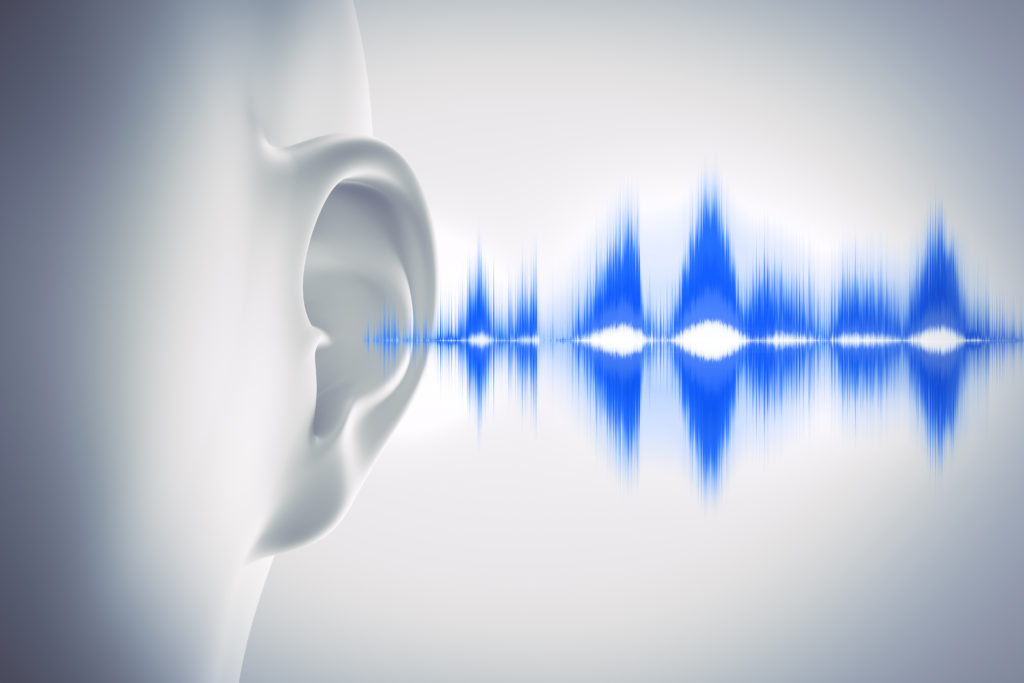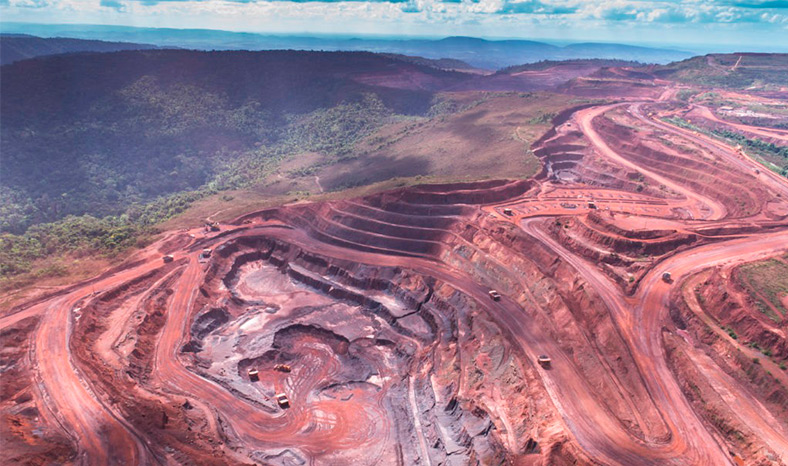How bad is damage to health from noise pollution?

Noise is unwanted sound. With every disturbing noise, the human body goes on alert. It releases stress hormones such as adrenaline and cortisol, the heart beats faster, blood pressure rises and the breathing rate increases.
Besides stress, noise has other direct effects on health, such as
- nervousness, tension
- fatigue, dejection
- Aggressiveness
- High blood pressure
- Cardiovascular diseases
- Disturbance of concentration
- Impairment of performance
- Reduced reading comprehension and long-term memory and motivation in school children
- Difficulty communicating
- Social isolation
More...
Looking more closely at contexts, thinking about them and thinking them through - it's sometimes more complex than you think ... and it has an effect on real life! More...
How much electricity does Switzerland distribute across Europe? What is the future of Switzerland if other countries make greater progress with renewable energy? What role do we play then?
This year and last there was too little electricity across Europe. Which was noticeable, among other things, in the reduction in network stability. A Europe-wide blackout was also speculated.
Switzerland is strong in the export and import of electricity. The European electricity grid is interrelated - which makes us all dependent on one another for electricity production. Furthermore, what impact could the complete phase-out of nuclear energy have on Europe?

How do you change the world? One code at a time.
I grew up with a lot of aunts around me. On my father's side I have 4 aunts, one of whom I look up to in particular.
Her Name is Eileen Brewer. She has traveled the world giving women in emerging markets a valuable toolkit by teaching them how to program. I will focus my upcoming project on her.

(Alexandra Eberle & Cheyenne Lea Henzelmann)
Rare earth elements
Rare earth = 17 metals --> same chemical properties:
physical properties --> very different
e.g. react magnetically under UV light.
Occur in many places in the earth's crust. Minerals monazite & bastnäsite contain several SEM occurrences above 1% --> rare, therefore "Rare Earth".
Largest deposits in China, Brazil and USA. Originally waste products from extraction of other metals. Today mined for high-tech industry.
Extraction:
Use of acids --> formation of radioactive waste. This makes mining expensive. Low environmental regulations and cheap labor --> development mass production (China) 2010 approx. 98% of SEM production (worldwide) from China. Export restriction kept world market prices high.
Different reactions of the industry:
Mines newly opened or reopened
Industrial processes developed --> raw materials in demand to be obtained by recycling --> e.g. magnets
Consumer side has reduced use of SEM --> replacement by alternative materials.

Rare earth elements
Hello Reader,
Do you think you use grey energy in your life? :-)
If you are interested, read the following post!
[More] --> In the following post, grey energy is explained in more detail. The circle of life is explained preciser as well as what grey energy contains. In addition, everyday consumption is shown by means of examples. Aswell as the footprint compared to the average footprint.

Picture: Cycle of grey energy
[Audio pitch: Recording Embodied Energy.ogg (112.01 kb) ]
Quiz questions:
Q: What where the two sounds in the recording above?
A: _________________________________________
Multiple Choice:
Q: Is meat embodied energy?
A: ( ) YES
( ) NO
Vocabulary:
- Consumer goods --> Konsumgüter
- Recources --> Rohstoffe
- Mining --> Rohstoffgewinnung
- Raw material processing --> Rohstoffverarbeitung
- Disposal --> Entsorgung
- Production --> Fabrikation
- CED (Cumulativ energy demand) --> KEA (Kumulierter Energieaufwand)
[Source: Focus Terra I / focusTerra I - Earth's Treasures (office.com)]
Alina & Lia
What impact does the mining have on the environment?

Countries with the biggest metallic raw material occurence:
- Indonesia
- Kongo
- Guinea
- Australia
- India
- Brazil
The most countries are very poor.
Metallic raw material
- All metals and ores that can be refined
- Extracted from the earth's surface and are not renewable
Mining methods
- Underground mining: Mined in mines and tunnels
- Open pit mining: Ores are mined in open pits
Impact on the environment
- rainforests get cut down
- the ice melts
- reduction of the animal habitat
in progress...
Team: Andrei, Fabio
Class: VZ21
Speedy post
We have already looked at the 5 R's in our short presentation. Now, in form of a speedy post, we would like to briefly introduce them to you again. According to the 5 R system, four actions should be taken, if possible before recycling. Our natural resources, such as minerals, land, air and water, are being depleted and degraded at an ever faster pace. What can we do to save and protect our resources?

For the first time, scientists have studied the loss of ice from glaciers throughout the Alps. The result is frightening. Since the turn of the millennium, glaciers have lost around 17 percent of their volume. Swiss glaciers in particular are melting rapidly. This is yet another stark reminder that there is no time to lose in the fight against climate warming.More...
City and nature - for most people this does not go together. When cities began to spread all over the world, there was no more space for nature, and greenery was mostly replaced by gray buildings. However, the concept of urban gardening gives nature back its place in cities.
Although urban gardening seems like a new trend, it originated in ancient Egypt and was an extremely important food producer in Germany during World War 1 and 2. Recently, urban gardening has been experiencing a resurgence. But what exactly does it even mean and how does it work? In general, urban gardening can be divided into two areas: the container garden and the rooftop garden. Let's take a closer look at both concepts.

Container gardening
Container gardening is a great option when there is not much space available. That's why it's perfect for the city. It got its name because instead of planting the plants or flowers in the ground, they are placed in different containers or pots, which makes container gardening very mobile and space-saving. It is also good for our environment because old containers are reused while our wallet is saved. Another advantage of container gardening is that because it is mobile, a garden can be planted wherever it is desired. Urban birds will thank you because they are attracted to the pots, especially if they contain berries or other plants that provide nectar and seeds.
Gardening on the roof
Many houses in cities have a roof terrace, people began to make greener. Traditionally, rooftop gardens are created for planting vegetables by attaching soil and garden beds. For this to work, at least four layers are required to prevent damage to the structure of the building: An anti-root layer, a drainage layer (which allows water to pass through but not the soil), an impermeable layer, and an insulating layer.
Why do horticulture in the city?
The Danish capital Copenhagen has made green roofs mandatory with the goal of being emission-free by 2025. Green roofs can reduce CO² emissions by filtering certain substances from the air and converting CO² into oxygen. But that's not all. They also lower the temperature by absorbing sunlight, creating a cooler and more comfortable climate in the city. A side effect of this is that air conditioners are used less frequently, reducing energy consumption. Urban gardening also has a positive impact on our health and social life. Gardening brings people together, it is a natural stress reliever, and it makes us happy. The list of benefits for us and our environment goes on and on, making it clear that gardening is not just for people in the countryside.
The benefits of gardening in the city are undeniable, and it's so easy to do with little effort.